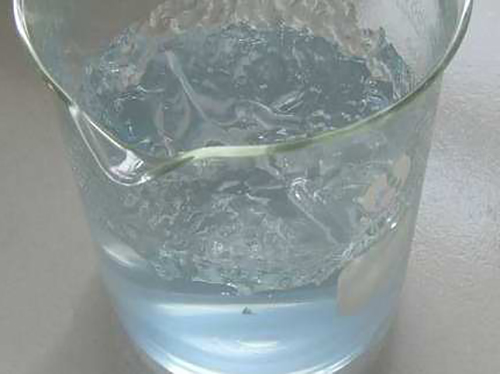polyaluminium chloride solution
Understanding Polyaluminium Chloride Solution Applications and Properties
Polyaluminium Chloride (PAC) solution is a widely used coagulant in water treatment processes. This inorganic polymer is synthesized by the hydrolysis of aluminum chloride in water, resulting in a product that has effective coagulation and flocculation properties. The unique structure of PAC allows it to effectively bind with suspended particles and organic matter, making it invaluable in a variety of applications.
One of the primary uses of polyaluminium chloride solution is in drinking water purification. The coagulation process involves the neutralization of charges on suspended particles, causing them to agglomerate and form larger clumps that can be easily removed. In municipal water treatment facilities, PAC is often preferred over traditional coagulants such as aluminum sulfate, primarily due to its higher efficiency and lower sludge production. This means that water treatment plants can operate more effectively while reducing the environmental impact associated with sludge disposal.
In addition to drinking water treatment, PAC is also commonly utilized in wastewater treatment plants. Industrial effluents often contain a variety of pollutants, including heavy metals and organic compounds. The introduction of PAC into the treatment process helps to precipitate these contaminants, allowing them to be separated from water. The ability of PAC to function well across a wide range of pH levels enhances its effectiveness in different wastewater treatment scenarios, making it a versatile choice for many industries.
The paper industry also benefits from the use of polyaluminium chloride solution. In papermaking, PAC acts as a retention agent, helping to improve fiber retention and filler retention during the paper formation process. This not only reduces the amount of raw materials needed but also lowers production costs. Furthermore, efficient retention aids in improving the brightness and quality of the final paper product.
polyaluminium chloride solution

Agricultural applications of PAC are gaining traction as well. It can be used in the treatment of irrigation water to reduce turbidity and enhance water quality. This is particularly beneficial for farms that rely on surface water sources, which can be susceptible to contamination and sedimentation. By using PAC to improve water quality, farmers can promote better crop yields and healthier plants.
Another area where PAC has proven beneficial is in the treatment of sludge. When sludge is processed with PAC, the coagulant helps to stabilize the organic matter, making it easier to handle and reduce in volume. This stabilization is crucial for land applications of treated sludge, as it ensures that the material is safe to use as a fertilizer without posing risks to the environment or human health.
PAC is not without its challenges, however. The effective dosing of polyaluminium chloride solution requires careful monitoring, as both under-dosing and overdosing can result in less than optimal results. Under-dosing may fail to adequately remove pollutants, while overdosing can lead to increased residual aluminum in the treated water. This necessitates thorough training and oversight at treatment facilities to ensure that PAC is employed effectively.
Another concern relates to the potential for chemical residues. While PAC is generally considered safe for use in drinking water applications, ongoing studies are necessary to understand its long-term effects on human health and the environment. Regulatory agencies continue to monitor the use of PAC to ensure that it meets safety standards.
In conclusion, polyaluminium chloride solution is an essential tool in modern water treatment processes, with diverse applications across drinking water purification, wastewater management, papermaking, and agriculture. Its efficiency and versatility make it a preferred choice for many industries; however, careful management and monitoring are essential to mitigate potential drawbacks. As water quality continues to be a pressing global issue, PAC is likely to play an increasingly vital role in ensuring sustainable and safe water resources for the future.
-
lk-319-special-scale-and-corrosion-inhibitor-for-steel-plants-advanced-solutions-for-industrial-water-systemsNewsAug.22,2025
-
flocculant-water-treatment-essential-chemical-solutions-for-purification-processesNewsAug.22,2025
-
isothiazolinones-versatile-microbial-control-agents-for-industrial-and-consumer-applicationsNewsAug.22,2025
-
scale-inhibitor-key-solutions-for-water-system-scale-preventionNewsAug.22,2025
-
organophosphonates-versatile-scale-inhibitors-for-industrial-water-systemsNewsAug.22,2025
-
scale-and-corrosion-inhibitor-essential-chemical-solutions-for-water-system-maintenanceNewsAug.22,2025





